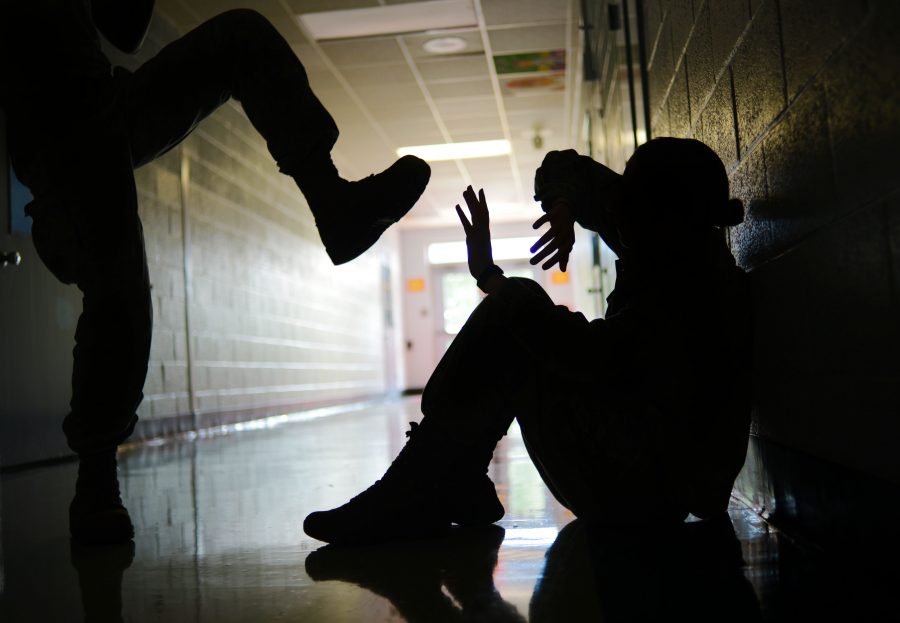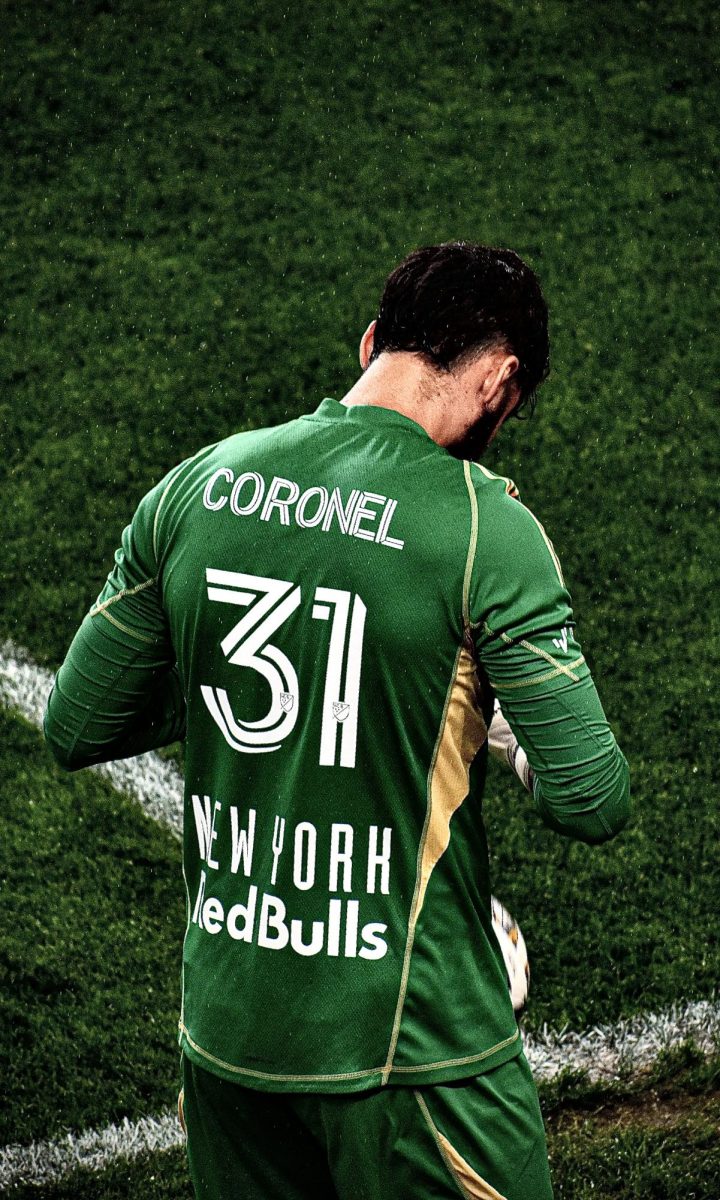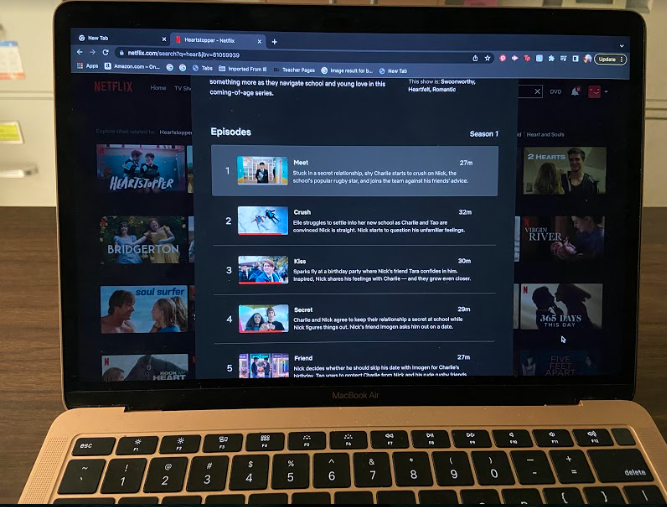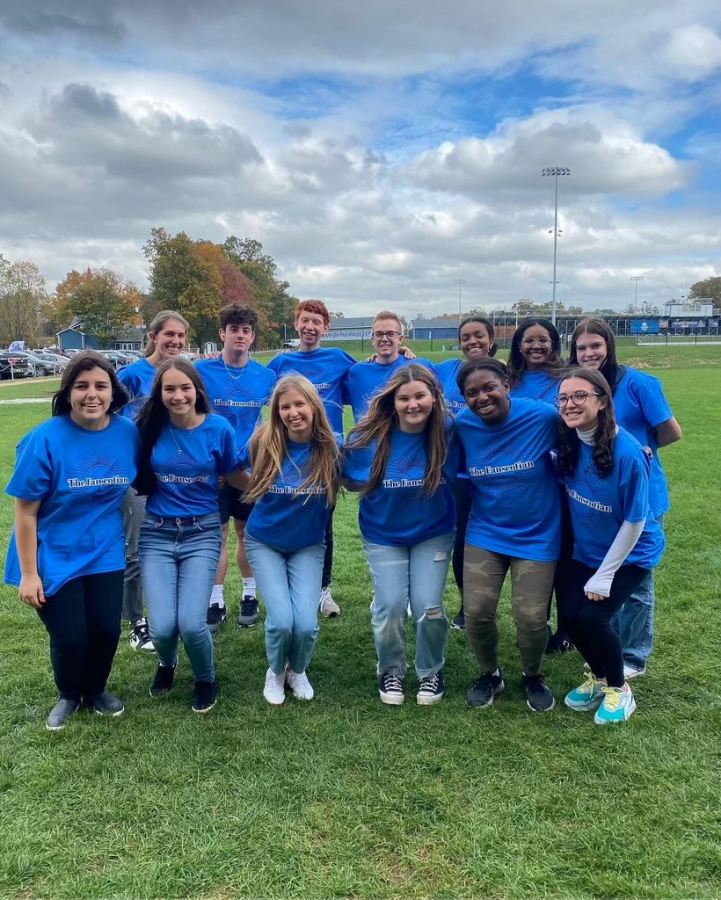From the moment students enter elementary school, they are warned about bullying. They are told to always “treat others the way they want to be treated” and to never bully others. Throughout middle school and high school, students go through programs, such as Green Dot, that teach students how to deal with bullying and other serious topics. However, students are not taught about other unintentionally cruel behavior that occurs every day, and that people brush off.
According to the American Psychological Association, bullying is a “form of aggressive behavior in which someone intentionally and repeatedly causes another person injury or discomfort.”
“When I think about bullying, it’s important to think about—what’s the intention?” student assistance counselor Elizabeth Knodel-Gordon said. “What’s the intention behind the action? Do I feel bad about myself, so I try to make you feel bad, or was I just saying something off the cuff that I said that was funny yesterday?”
With cruel intent, this aggressive behavior can be bullying. On the other hand, some hurtful behavior is unintentional and while not being bullying, still causes discomfort to the receiver. This generally takes the form of jokes or teasing.
“I think one of the most common things that we see these days is people who…maybe in an intent to be funny might use a joke or a specific word, and a group of people who overhear it…might feel offended or hurt,” District Anti-Bullying Coordinator Cailin Frantz said. “[They] then might feel uncomfortable being around that person, or being in a school setting where people use that joke, or that word.”
Unintentional cruelty can occur in all different forms without the perpetrator even realizing it. This may include teasing among friends, jokes at another’s expense, a sarcastic comment on an Instagram post and/or an insult thrown in a fleeting moment of anger. This actions, while they may seem inconsequential, can have a real impact. Even when the intentions are innocent or the victims do not seem affected, words can still hurt.
“If somebody is doing something that they naturally feel comfortable doing and get teased in a good-natured way for it or outright put down because of it, you’re going to become self-conscious and second guess yourself,” former sociology teacher Erin Sassaman said. “It stifles people’s individuality and definitely shuts down people’s self-esteem.”
With the rise of social media, it has become much easier to hurt others without facing consequences. A 2016 report by the Cyberbullying Research Center found that there was a 15% rise in cyberbullying since 2007.
“So I would say the most common form [of bullying] we see is cyber,” Frantz said. “Even when things aren’t just cyberbullying, often they have a component of cyberbullying, so I approached you in person, but I also said this to you online.”
According to Tulane University School of Social Work, 70% of school age students have witnessed cyberbullying.
It is easy to hide cruel comments behind an anonymous Instagram profile, or in five second Snapchats that no one else sees. Online, it is also easier to bully a person without guilt—there is not an immediate reaction in front of the bully and often, adults won’t intervene. According to the study by Tulane University, only 10% of cyberbullying victims will report the incidents.
“More and more, we are seeing social media bullying, because—look at the audience, look at the anonymity that comes with it,” Knodel-Gordon said. “I can sit in my bedroom and say whatever I want…and who cares?”
Even if comments aren’t intended to be mean, however, it’s easy to misinterpret tone over a phone or computer screen; what usually may be told as a joke could be read as a hurtful comment. While it is a common sentiment that all cruel behavior is bad—not just bullying—it is difficult to call people out on it, especially if the perpetrators are friends and family.
“One of the things [about young adults] is that they don’t talk in that way about what’s really going on,” Knodel-Gordon said. “We talk, like, ‘Oh did you see that Snapchat, or, ‘Did you see that Instagram’…but do we really talk about each other? What if…I came to [my friends] and said, ‘Guys, you know that really hurt,’ how many times then would the other two people in the group go, ‘You’re overreacting,’ instead of saying, ‘Oh gosh, I’m sorry’?”
Knodel-Gordon recommends starting a conversation with friends when unintentionally rude behavior comes up, or when the group is simply hanging out together. She suggests asking for their help in improving your own behavior as well as offering your help to your friends. The conversation doesn’t have to be overthought: “Do you ever see people being unintentionally mean to each other? If I ever do that, will you guys call me out on it? And I could do the same for you guys,” is simple enough, and gets the job done, Knodel-Gordon said.
Both bullying and unintentional cruelty are problems that won’t be solved in one day, with one conversation. However, it’s still important to work towards improving society as a whole.
“I think it just takes individual people recognizing things in the moment in order for that to actually translate into anything bigger,” Sassaman said.
A large, systemic change is extremely difficult, but the world can become a kinder place, if people learn to think before they speak. It is vital that each individual takes into consideration the feelings of others and the impact of their words.
“Jokes” at someone’s expense are not funny
November 12, 2018
SrA Tabatha Zarrella
Shaw Air Force Base members should keep the Wingman concept in mind for all circumstances at all times to prevent mishaps and keep our Airmen and Soldiers safe, Aug. 21, 2013 Labor Day weekend marks the traditional end of summer season and the critical days of summer. (U.S. Air Force photo by Senior Airman Tabatha Zarrella/Released)
0
More to Discover








